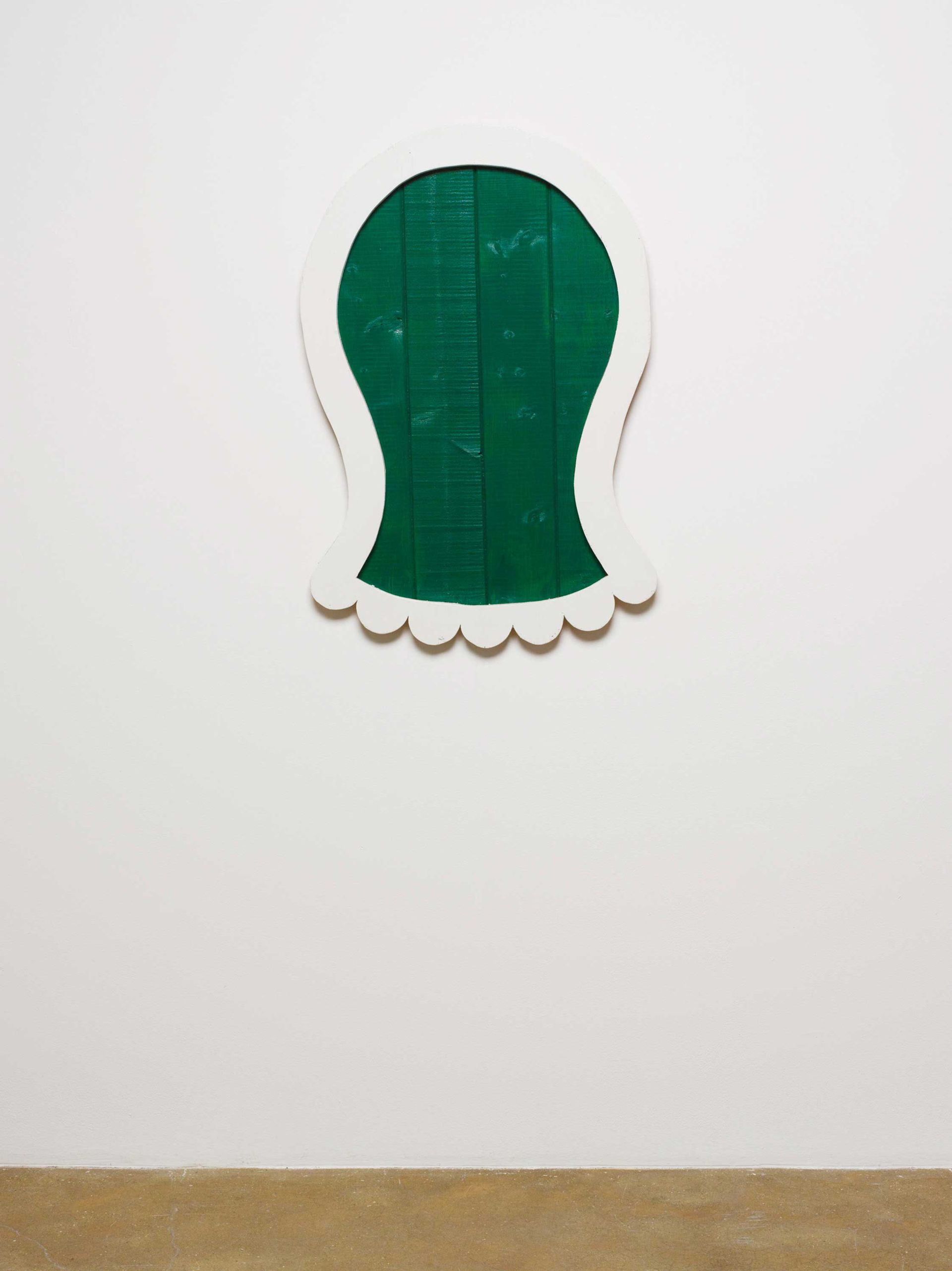When we say an artist is having a moment, we tend to think big—major commissions, large museum surveys, widespread gallery interest and so on. Yet there are also quiet, contemplative moments, ones that emerge absent of the artificial pressure of a public relations blitz. Richard Tuttle, the US post-minimalist artist credited with softening the rigid square into something more casual, is having just such a moment in New York with two exhibitions, one at the Metropolitan Museum of Art and the other at Pace Gallery.
The shows offer different paths into his work. The Met’s show, The Critical Edge (until 26 June), reveals his most recent developments, anchored by six new fabric works. Pace has organised an exhibition (6 May-11 June) that includes work from the 26 solo gallery shows Tuttle has had in New York over the past 50 years, and therefore serves as a small backward glance at his art.

Tuttle has a relaxed attitude about the path he took between 1965, when he had his first New York solo show at Betty Parsons gallery, and today, when he is showing at the Met. Asked to explain his development, he refers to his childhood. “When I was ten years old, I think, I noticed that people's handwriting changes from when you’re a kid to when you’re a teenager,” he says. “So I decided every birthday I would write down my name in a book, with the idea that time would reveal something. At age 15 or 16 I stopped, and I had this recording of my signature.”
Behind all the changes that have taken place over the past 50 years is that same hand, and the eye that guides it has always been interested in everyday things. “I love to find something that's been overlooked, something simple,” he says. “That gives me extreme pleasure.” The works at the Met are made of such simple things: coloured fabric, sewn by hand and attached to MDF panels. “One of the things that interests me is how we see extraordinary things all the time and they transition and become ordinary so quickly,” he says. “What's that about? Wouldn’t it be better if they stayed extraordinary?”
• Richard Tuttle: the Critical Edge, Metropolitan Museum of Art, New York, until 26 June; Richard Tuttle: 26, Pace Gallery, New York, 6 May-11 June

